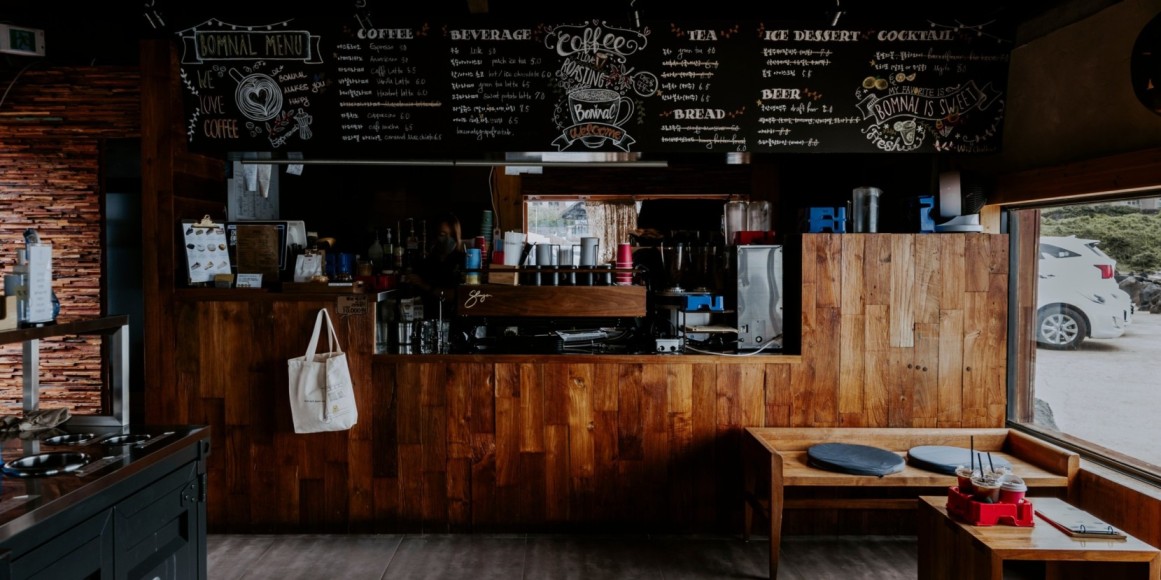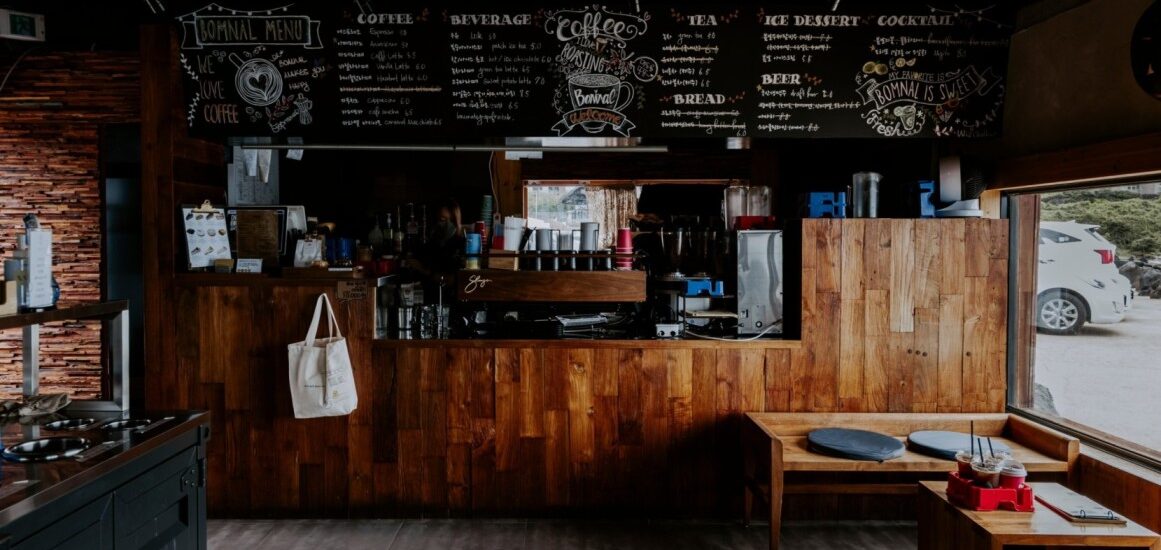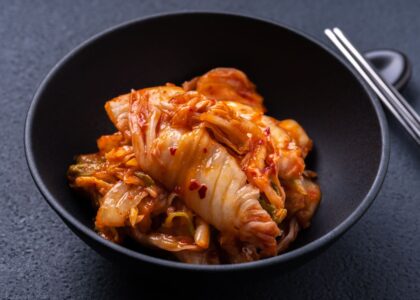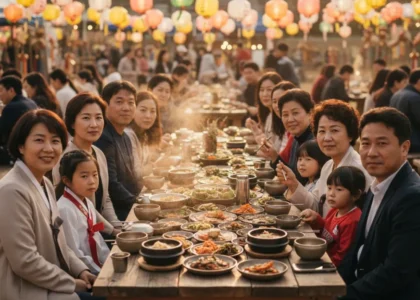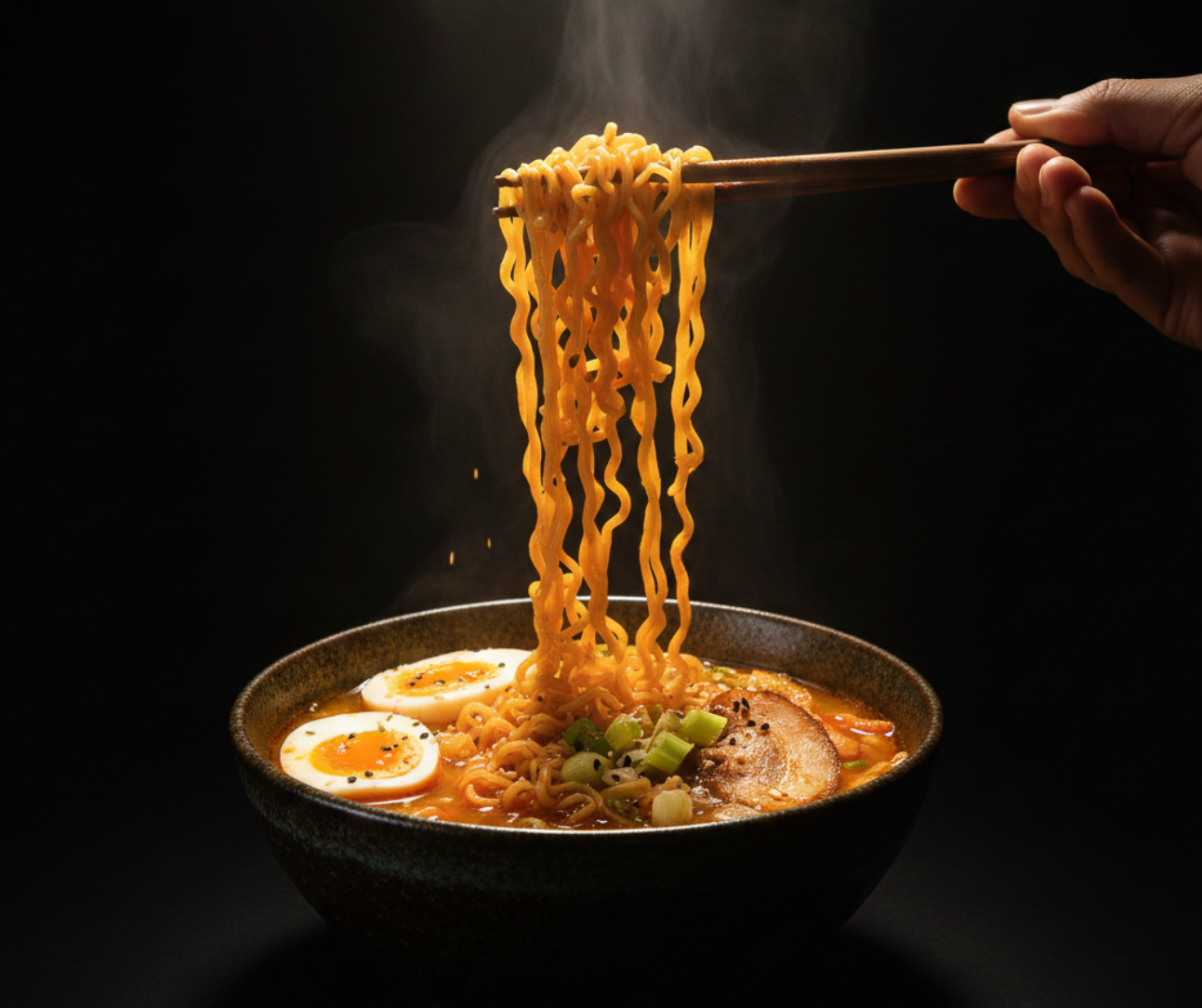Introduction
Ramen, a beloved dish worldwide, has a unique and fascinating history in South Korea. While ramen originated in Japan, Korean ramen (often spelled as “Ramen” to distinguish it from its Japanese counterpart) has developed its distinct identity and flavor profile. This blog explores the evolution of Korean ramen. It traces its journey from a simple comfort food to an international sensation. Key elements in this story include the introduction of Korean ramen, the rise of Korean spicy noodles, and the cultural significance of the Korean ramen bar. These elements not only highlight the versatility of Korean ramen but also its impact on global culinary trends.
Early Beginnings: The Introduction of Ramen to Korea
The story of Korean ramen begins in the 1960s. After the Korean War, the country faced severe food shortages. To combat hunger and provide affordable meals, the South Korean government sought solutions, one of which came from Japan in the form of instant noodles. In 1963, Samyang Foods introduced the first Korean instant noodle product, inspired by Japanese ramen. This product was an instant hit, providing a quick, tasty, and inexpensive meal option for the masses.

Korean black ramen, known for its rich and savory flavor, became a popular variation that catered to local tastes. Additionally, Korean noodles were introduced. They offered a convenient meal option. Their unique seasoning and texture quickly gained popularity. The demand for Korean spicy noodles also surged, appealing to those who enjoyed a spicier kick in their meals. For those who preferred a vegetarian option, Korean veg noodles became a go-to choice, offering a delicious and satisfying alternative.
As these variations emerged, the Korean ramen market continued to expand, with each new product reflecting the evolving tastes and preferences of the Korean people.
The Evolution of Flavor: The Birth of Spicy Ramen
The introduction of bold, spicy flavors set Korean Ramen apart from its Japanese predecessor. In 1986, Nongshim, another major food company, launched Shin Ramen. This spicy noodle soup became a cultural phenomenon, solidifying the association of Korean ramen with fiery flavors. Jajangmyeon ramen noodles and japchae Korean glass noodles also contribute to the diverse range of Korean noodle dishes. The love for spicy food is deeply rooted in Korean cuisine, and Shin Ramen captured this essence perfectly, much like kimchi Ramen does.
Expansion and Innovation: Diversifying the Ramen Market
The success of Shin Ramen paved the way for a wave of innovation in the Korean instant noodle market. South Korean noodles gained international recognition as companies began experimenting with various flavors and ingredients, leading to diverse products. From seafood-based broths to cheese-infused noodles, the options became seemingly endless.
Brands like Samyang, Nongshim, and Ottogi continued to push the boundaries, introducing new and exciting variations to cater to evolving tastes. Jjajangmyeon noodles, a popular black bean sauce noodle, became a staple in the market. The introduction of buldak jjajangmyeon, a spicy variant of the classic dish, added another layer of excitement for spice enthusiasts. Cheese Ramen also emerged as a favorite, blending creamy cheese with the traditional noodle soup to create a unique and comforting flavor profile.
Cultural Impact: Ramen in Korean Society

Ramen quickly became more than just a convenient meal; it became a cultural icon in Korean society. Among the best Korean noodles, bibimmyeon ramen stands out for its spicy, tangy flavor and versatility. It is prominently featured in Korean dramas, movies, and even music videos, further cementing its place in the hearts of the people. The ritual of cooking and eating ramen, often shared among friends or family, became a symbol of togetherness and comfort, just as Korean rice noodles have done in various traditional dishes. The popularity of unique varieties, like pink Korean noodles, also highlights the creative and evolving nature of Korean cuisine.
Global Popularity: Korean Ramen Takes the World by Storm
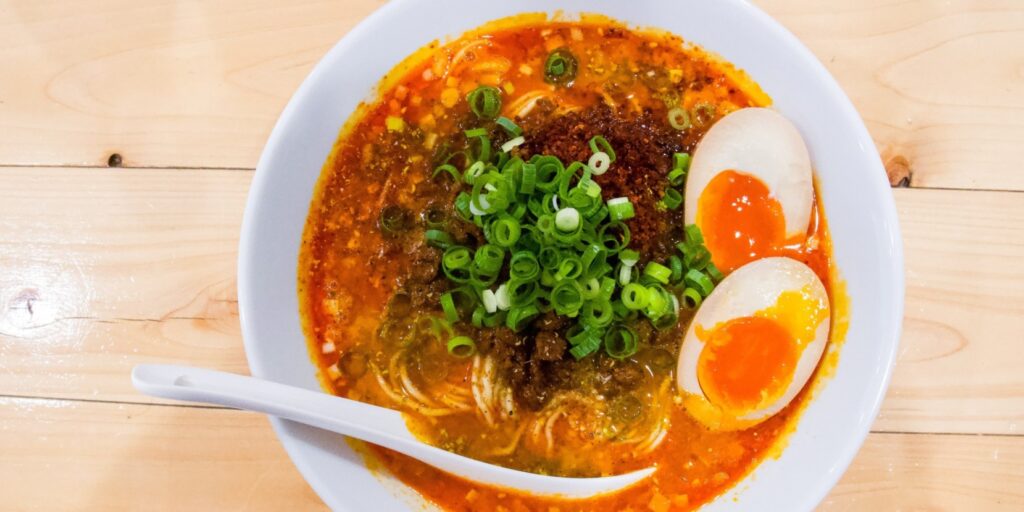
In recent years, Korean Ramen has gained immense popularity worldwide. The Korean Wave, or “Hallyu,” includes the global spread of K-pop, Korean dramas, and cuisine. It played a significant role in introducing Korean ramen to international audiences. Korean Kimchi Ramen, known for its tangy and spicy kick, has captivated taste buds around the world. Brands like Samyang’s Buldak Bokkeum Myun (Hot Chicken Flavor Ramen) became viral sensations, especially among those seeking the thrill of extremely spicy food.
Another popular variant is Pink Buldak Ramen, which offers a unique twist with its slightly milder but still spicy flavor. Additionally, Jjajang Noodles, or Black Bean Ramen, have become a staple for those who enjoy a savory, rich taste. Korean Black Bean Noodles, with their distinctive black bean paste sauce, provide a deliciously different experience from the more traditional ramen flavors.
Conclusion: The Future of Korean Ramen

Today, Korea continues to evolve, with companies constantly innovating to create new flavors and experiences. In places like Delhi, you can find specialized spots like the Wang House Korean Cafe, which is renowned for its authentic Korean Ramen. As it gains more international fans, the future looks bright for this beloved dish. Korean Ramen has started to make a mark in India, with more places offering this tasty treat. It’s more than just a meal; it’s a cultural phenomenon that represents the resilience, creativity, and passion of the Korean people. If you’re looking for some of the top ramen Korean noodles, you might want to check out the latest offerings at local restaurants.
Try It Yourself: A Simple Ramen Recipe
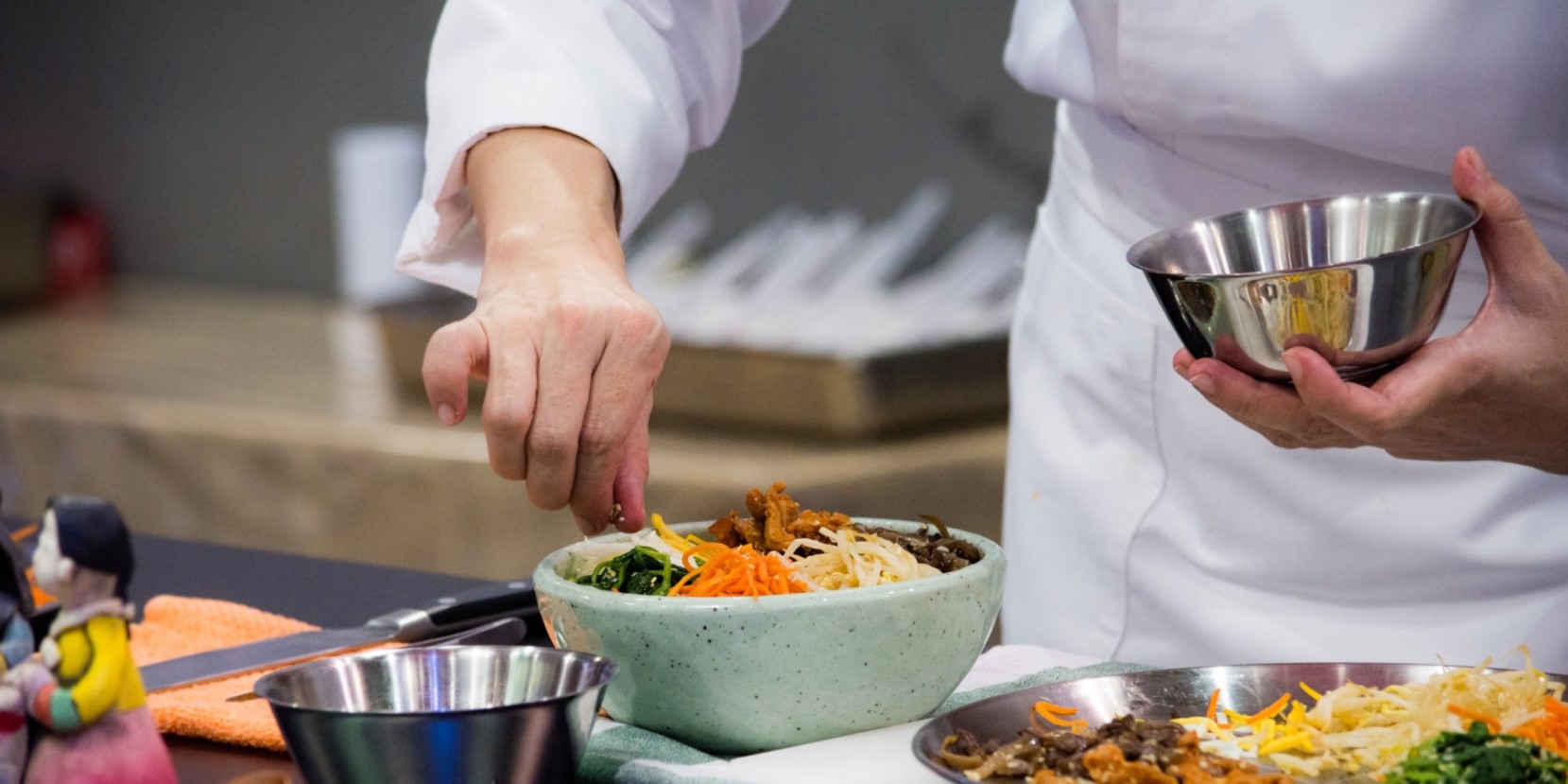
If you haven’t yet experienced the joy of Korean Ramen, here’s a simple recipe to get you started:
Ingredients:
- 1 pack of Korean instant noodles (Shin Ramen is a great choice)
- 2 cups of water
- Optional toppings: green onions, eggs, kimchi, cheese
Instructions:
- Boil 2 cups of water in a pot.
- Add the noodles and the soup base from the packet.
- Cook for 4-5 minutes, stirring occasionally.
- Add any optional toppings you like.
- Enjoy your delicious and spicy Korean Ramen!
Korean Ramen is a testament to how a simple dish can evolve and capture the hearts of millions. If you’re in Delhi, you might want to check out a Korean Ramen bar or a Korean Ramen restaurant in Delhi to experience some authentic flavors. For those in India looking for a broader Korean dining experience, visiting a Korean Cafe in India could be a delightful adventure. Whether you’re a long-time fan or a newcomer, there’s always something new and exciting to discover in Korean Ramen.
